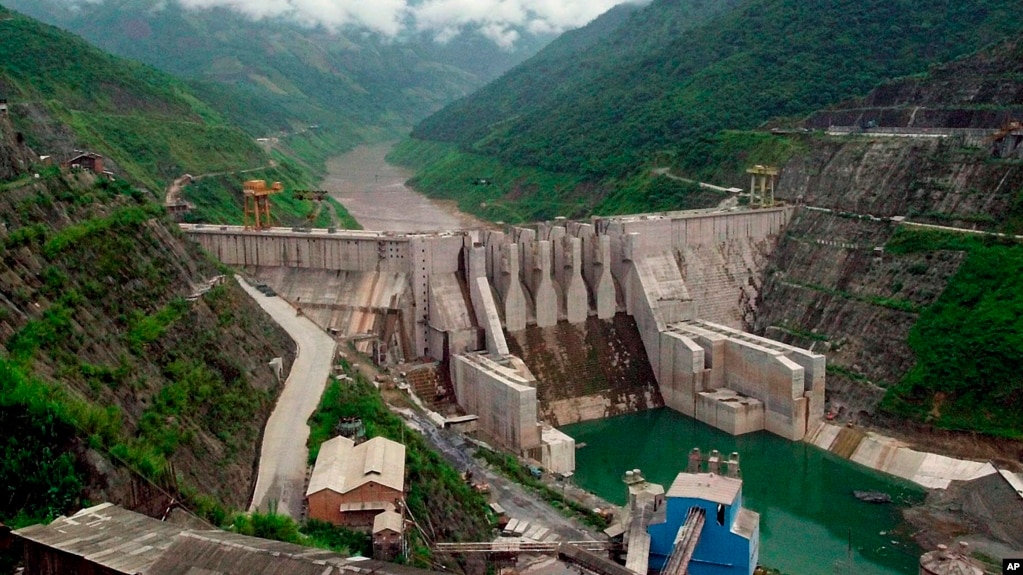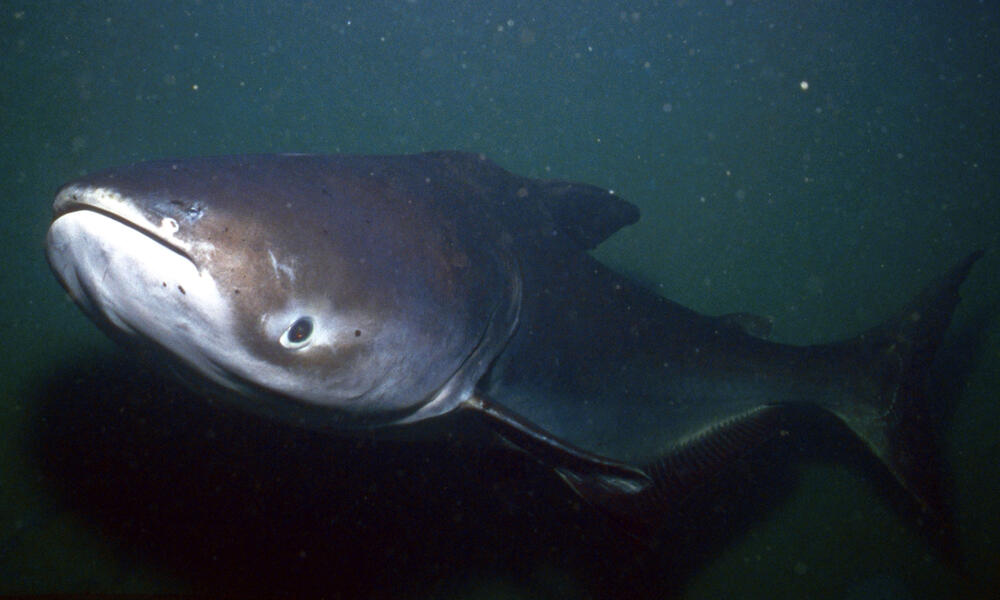The Mekong River is the twelfth-longest river in the world and the third-longest in Asia, with an estimated length of 4,909 km (3,050 mi) and a drainage area of 795,000 km2 (307,000 sq mi), discharging 475 km3 (114 cu mi) of water annually. From its headwaters in the Tibetan Plateau, the river runs through (where it is officially called the Lancang River), Myanmar, Laos, Thailand, Cambodia, and southern Vietnam. The extreme seasonal variations in flow and the presence of rapids and waterfalls in the Mekong make navigation difficult.
The Mekong River is one of the world's most biodiverse rivers, with over 1,200 species of fish, 430 species of mammals, 1,200 species of birds, and 800 species of reptiles and amphibians. The river is also home to a number of endangered species, including the Irrawaddy dolphin, the giant freshwater stingray, and the Mekong giant catfish.
The Mekong River is a vital lifeline for millions of people in the region. It provides water for irrigation, drinking, and transportation. It is also a major source of food and income for many people, as the river is home to a thriving fishing industry.
The Mekong River is also a major cultural icon for the people of the region. It is featured in many myths and legends, and it is a popular tourist destination.
Threats to the Mekong River
The Mekong River is facing a number of threats, including hydropower development, climate change, illegal wildlife trade, and habitat loss.
 |
| The Dachaoshan dam on the upper Mekong River is pictured in Dachaoshan, Yunnan province, China. (AP) |
Hydropower development is one of the biggest threats to the Mekong River. There are over 100 hydropower dams planned or under construction on the river and its tributaries. These dams will have a significant impact on the river's flow and ecology, and they could displace millions of people.
Climate change is also a major threat to the Mekong River. Climate change is expected to increase the frequency and intensity of droughts and floods in the region. This will have a devastating impact on the river's ecosystems and the people who rely on it.
Illegal wildlife trade is another major threat to the Mekong River. The Mekong River basin is home to a number of endangered species, such as the Irrawaddy dolphin and the giant freshwater stingray. These species are being hunted illegally for their meat and body parts.
Habitat loss is also a threat to the Mekong River. The river's floodplain forests are being cleared for agriculture and development. This is destroying important habitat for fish and other wildlife.
Conservation efforts
There are a number of organizations working to conserve the Mekong River and its basin. The Mekong River Commission (MRC) is an intergovernmental organization that works to promote sustainable development and cooperation in the Mekong River Basin. The MRC is working to address a number of the threats facing the Mekong River, including hydropower development, climate change, illegal wildlife trade, and habitat loss.
 |
| The Mekong giant catfish can weigh up to 770 pounds and is the third largest freshwater fish on the planet. (pic: WWF) |
Other organizations that are working to conserve the Mekong River include the World Wildlife Fund (WWF), Conservation International, and the Nature Conservancy. These organizations are working to protect the river's ecosystems and the people who rely on it.
The Mekong River is a vital lifeline for millions of people in Southeast Asia. It is also a unique and biodiverse river. It is important to protect the Mekong River from the threats it is facing, so that it can continue to support the people and ecosystems of the region.







